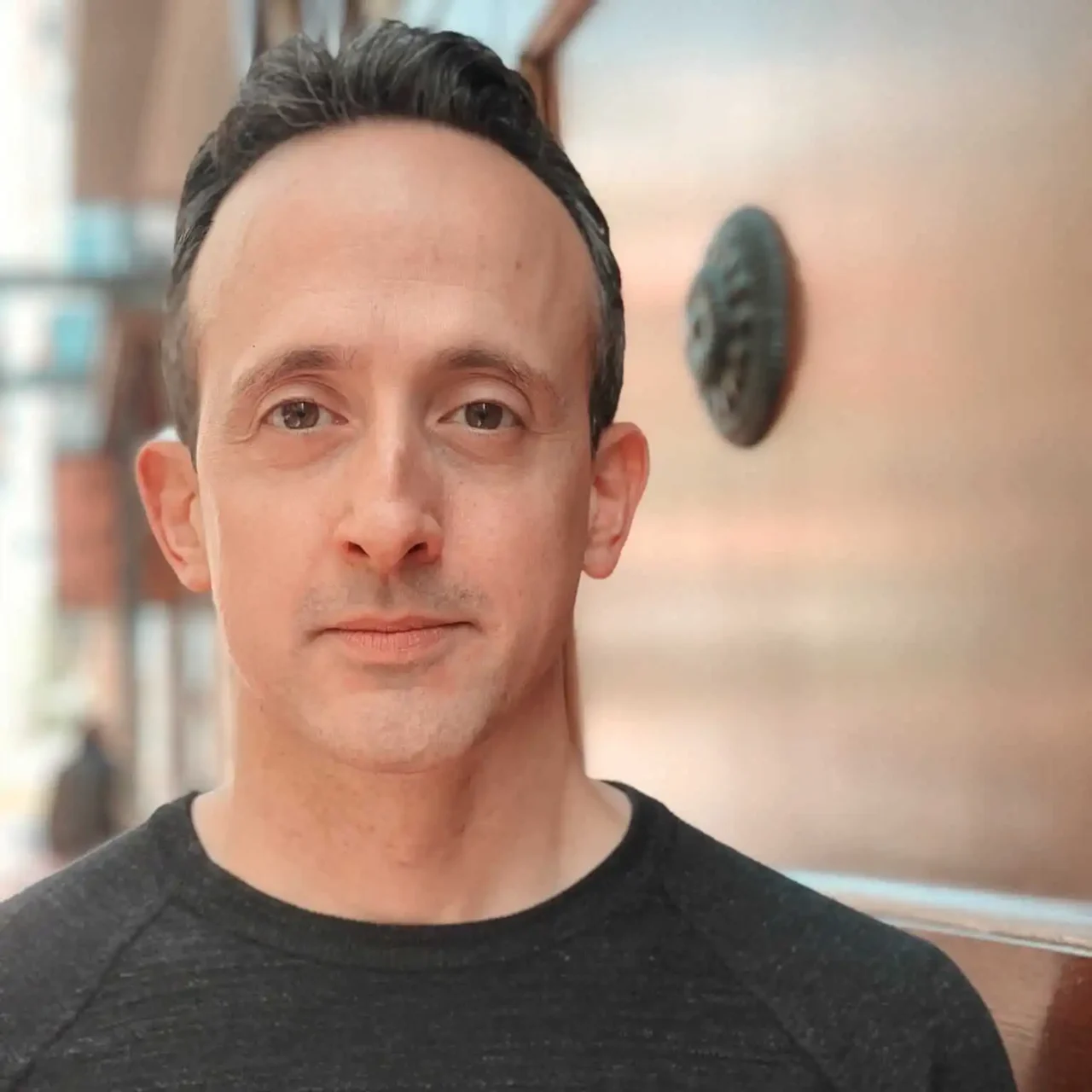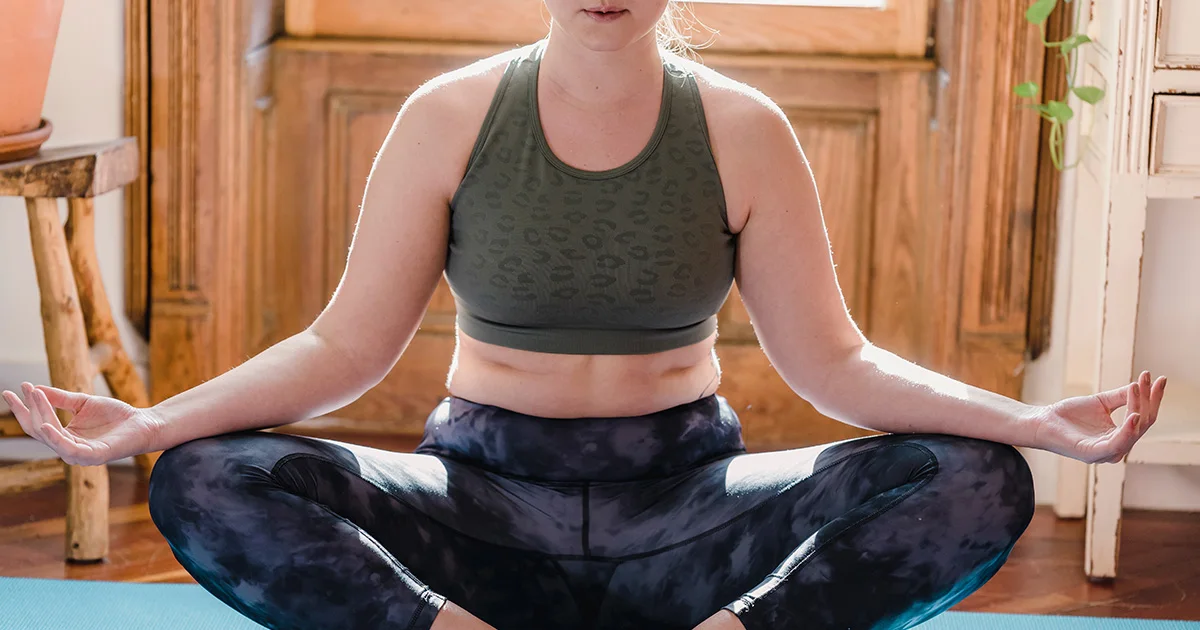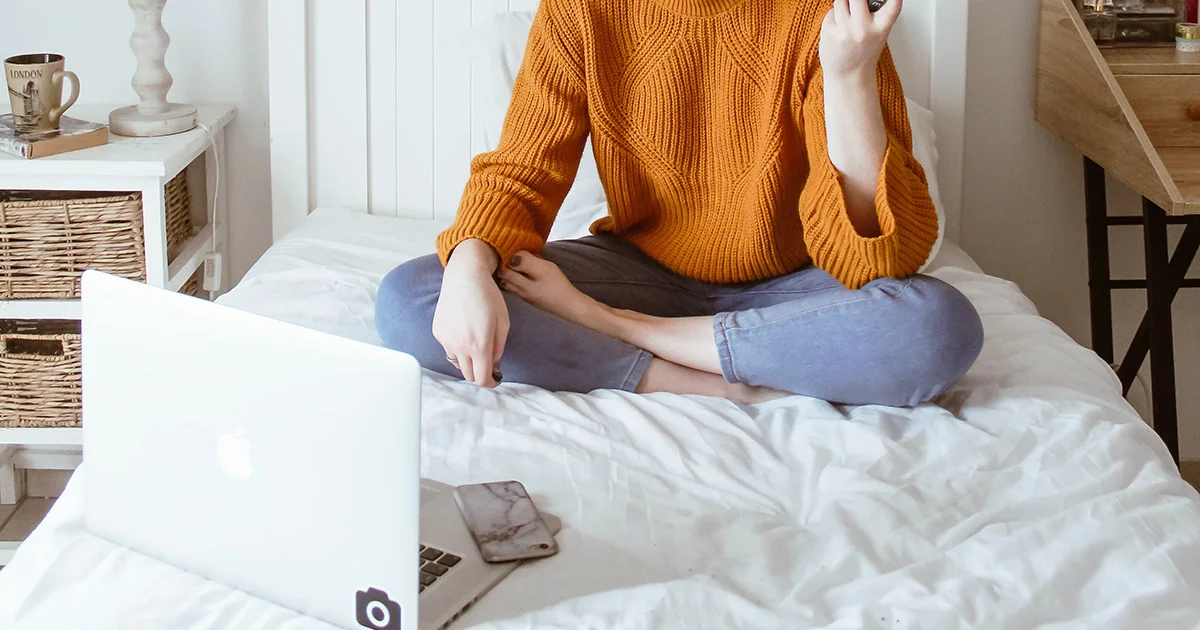5 face yoga exercises and the science behind them

Reviewed by Steve Silvestro, MD, Ro,
Written by Chimene Richa, MD
last updated: Apr 21, 2021
4 min read
Here's what we'll cover
Face yoga, or facial exercise, is a popular trend for people looking into noninvasive ways to improve their appearance and wellness. Not only are face yoga exercises a potential natural alternative to Botox, fillers, skincare products, and other cosmetic treatments, but they’re also significantly cheaper (as in, free!).
There are many sites and videos on the internet touting the benefits of face yoga regarding your appearance and well-being—but are any of them backed up by science? Let’s find out.
Weight loss
Fad diets stop here
If appropriate, get effective weight loss treatment prescribed for your body.


What is face yoga?
Face yoga combines facial exercises and facial massage that target your facial muscles, skin, and tissue drainage system (lymphatics). There are many muscles in your face and neck, more than just the ones you use for facial expressions, so these exercises aim to engage more of those muscles.
By isolating and strengthening specific facial muscles, you may potentially be able to sculpt your jawline, improve those jowls, decrease face puffiness, and affect your overall skin tightness (elasticity) and the appearance of fine lines and wrinkles—at least, that’s one theory (Alam, 2018). Another is that by massaging your face, you may improve your skin blood flow. Better blood circulation may mean enhanced collagen production and may give you that youthful, healthy glow many of us seek (Akane, 2018).
Benefits of the face yoga method
Some people use the face yoga method in the hopes of achieving a slimmer-looking face. There is not much research about face yoga's effectiveness for improving fine lines, decreasing double chins, or firming up your jawline, but since the practice is becoming more widespread, let’s look at the science behind the benefits of face yoga.
One study looked at a small group of middle-aged women who were instructed to perform facial exercises every day for 30 minutes. After eight weeks, they dropped their facial yoga practice to every other day. The researchers took before and after photos and analyzed them. When compared to their baseline photos, the women showed improvement in their upper cheek fullness. The study also had people rating each woman's estimated age, both before and after performing the facial exercises. The raters dropped their average age estimates by over two years by the end of the study (Alam, 2018).
Researchers in 2014 looked at several clinical trials about facial exercises and determined that the benefits of facial exercises were inconclusive (Van Borsel, 2014). However, another review of the scientific literature found that facial exercises improved the volume around the upper lip, cheeks, and jawline, decreasing the appearance of saggy skin and wrinkles (Smith, 2020).
In addition to potentially slimming/toning your face and improving facial aging, other possible benefits of the face yoga method include:
Treating pain from temporomandibular joint (TMJ) problems (Miernik, 2012)
Hemifacial spasms (Peeraully, 2013)
Bell’s palsy (Kandakurti, 2020)
Facial muscle thickness (Smith, 2020)
How to do face yoga exercises
There are many face yoga exercises, each claiming to help with different parts of your face. Here are a few examples illustrating how to do face yoga exercises that may potentially help you achieve a slimmer, more youthful look. It’s probably best to practice these in front of a mirror in the privacy of your home, since they may feel a bit silly to practice in public. When you perform the exercises, keep the rest of your face, neck, and shoulders relaxed. Keep your eyes on your reflection so that you make sure not to press or massage so forcefully that you are folding your skin on itself (DeVos, 2013; D’souza, 2014).
5 easy face yoga exercises
1. Forehead
This exercise may help with horizontal wrinkles on the forehead (frown lines).
Place your fingertips just above the eyebrows.
Try to raise your eyebrows as high as possible while pressing gently downward with your fingertips to block the movement.
Hold this position for 6 seconds. Repeat 5–10 times.
2. Upper lip
This exercise may help with vertical wrinkles above the upper lip (i.e., lip lines or lipstick lines).
Place your thumbs, tucked up and close together, under your upper lip.
Push your lip forward with your thumbs while trying to push against your thumbs with your upper lip.
Hold this position for 6 seconds. Repeat 5–10 times.
3. Jawline
This exercise may help with a sagging jawline and double chin.
Place your elbow on a table with your fist under your chin.
Press upward with your fist while trying to open your jaw.
Hold this position for 6 seconds. Repeat 5–10 times.
4. Midface
This exercise may help with nasolabial folds (the lines that run from each side of the nose to the corners of your mouth—also called laugh or smile lines).
Open your mouth and purse your lips slightly.
Put your index fingers against the corners of your mouth.
Try to protrude your lips while pulling the corners of your mouth outward with your index fingers.
Hold this position for 6 seconds. Repeat 5–10 times.
5. Lips
This exercise may help your lips look fuller.
Bring your lower lip forward to touch your upper lip (think sultry pout).
Then turn both your upper and lower lips inward and press them together, like you are trying to hold something with your lips.
Hold this position for 6 seconds. Repeat 5–10 times.
What’s the verdict on face yoga?
So, does face yoga offer all some promise it does? Well, the jury is still out. Some think it helps; others aren’t convinced. While these exercises probably won’t replace a facelift, they may help overall face muscle tone. More research is needed in this area before face yoga becomes more popular among dermatologists and other healthcare professionals.
DISCLAIMER
If you have any medical questions or concerns, please talk to your healthcare provider. The articles on Health Guide are underpinned by peer-reviewed research and information drawn from medical societies and governmental agencies. However, they are not a substitute for professional medical advice, diagnosis, or treatment.
Alam, M., Walter, A. J., Geisler, A., Roongpisuthipong, W., Sikorski, G., Tung, R., & Poon, E. (2018). Association of facial exercise with the appearance of aging. JAMA dermatology, 154 (3), 365–367. doi: 10.1001/jamadermatol.2017.5142. Retrieved from https://www.ncbi.nlm.nih.gov/pmc/articles/PMC5885810/
Akane M, Kaori S, Naoyuki H. (2018). Short- and long-term effects of using a facial massage roller on facial skin blood flow and vascular reactivity. Complementary Therapies in Medicine, 41 ; 271-276. doi: 10.1016/j.ctim.2018.09.009. Retrieved from https://pubmed.ncbi.nlm.nih.gov/30477852/
De Vos, M.-C., Van den Brande, H., Boone, B., & Van Borsel, J. (2013). Facial exercises for facial rejuvenation: a control group study. Folia Phoniatrica et Logopaedica, 65 (3), 117–122. doi: 10.1159/000354083. Retrieved from https://pubmed.ncbi.nlm.nih.gov/24296342/
D'souza, R., Kini, A., D'souza, H., Shetty, N., & Shetty, O. (2014). Enhancing facial aesthetics with muscle retraining exercises-a review. J ournal of clinical and diagnostic research : JCDR, 8 (8), ZE09–ZE11. doi: 10.7860/JCDR/2014/9792.4753. Retrieved from https://pubmed.ncbi.nlm.nih.gov/25302289/
Kandakurti, P. K., Shanmugam, S., Basha, S. A., Amaravadi, S. K., Suganthirababu, P., Gopal, K., & George, G. S. (2020). The effectiveness of low-level laser therapy combined with facial expression exercises in patients with moderate-to-severe Bell's palsy: A study protocol for a randomised controlled trial. International journal of surgery protocols, 24 , 39–44. doi: 10.1016/j.isjp.2020.11.001. Retrieved from https://pubmed.ncbi.nlm.nih.gov/33313457/
Miernik, M., Wieckiewicz, M., Paradowska, A., & Wieckiewicz, W. (2012). Massage therapy in myofascial TMD pain management. Advances in clinical and experimental medicine : official organ Wroclaw Medical University, 21 (5), 681–685. Retrieved from https://pubmed.ncbi.nlm.nih.gov/23356206/
Peeraully, T.; Hameed, S.; Cheong, P. T.; Pavanni, R.; Hussein, K.; Fook ‐ Chong, et al. (2013) Complementary therapies in hemifacial spasm and comparison with other movement disorders. International Journal of Clinical Practice, 67 (8):801-806. doi:10.1111/ijcp.12151. Retrieved from https://pubmed.ncbi.nlm.nih.gov/23869681/
M. Smith A, Ferris T, K. Nahar V, Sharma M. (2020). Non-traditional and non-invasive approaches in facial rejuvenation: a brief review. Cosmetics, 7 (1):10. doi: 10.3390/cosmetics7010010. Retrieved from https://www.mdpi.com/2079-9284/7/1/10
Van Borsel, J., De Vos, M.C., Bastiaansen, K., Welvaert, J., Lambert, J. (2014). The effectiveness of facial exercises for facial rejuvenation: a systematic review. Aesthetic Surgery Journal, 34 :1; 22–27. doi: 10.1177/1090820X13514583. Retrieved from https://pubmed.ncbi.nlm.nih.gov/24327764/









